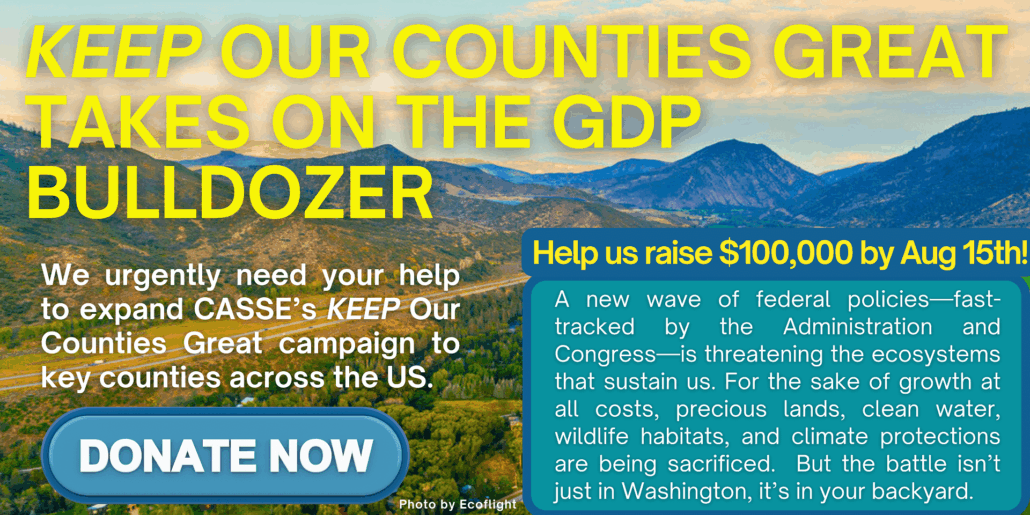Unsafe at Top Speed: “SAFE” Summit Shoots Off the Rails
by Brian Czech
The 2025 SAFE Summit in Washington, DC, was anything but. Sure, the hallways of the Walter E. Washington Convention Center were free of hooligans, and the attentive staff kept the floors cleared of banana peels. Yet if your idea of safety is big-picture, long-term—as expected at an energy-security conference—you could have left the summit fearing for your children’s future.
The three main themes percolating on stage were “energy dominance,” “all of the above” (as in all forms of energy),
